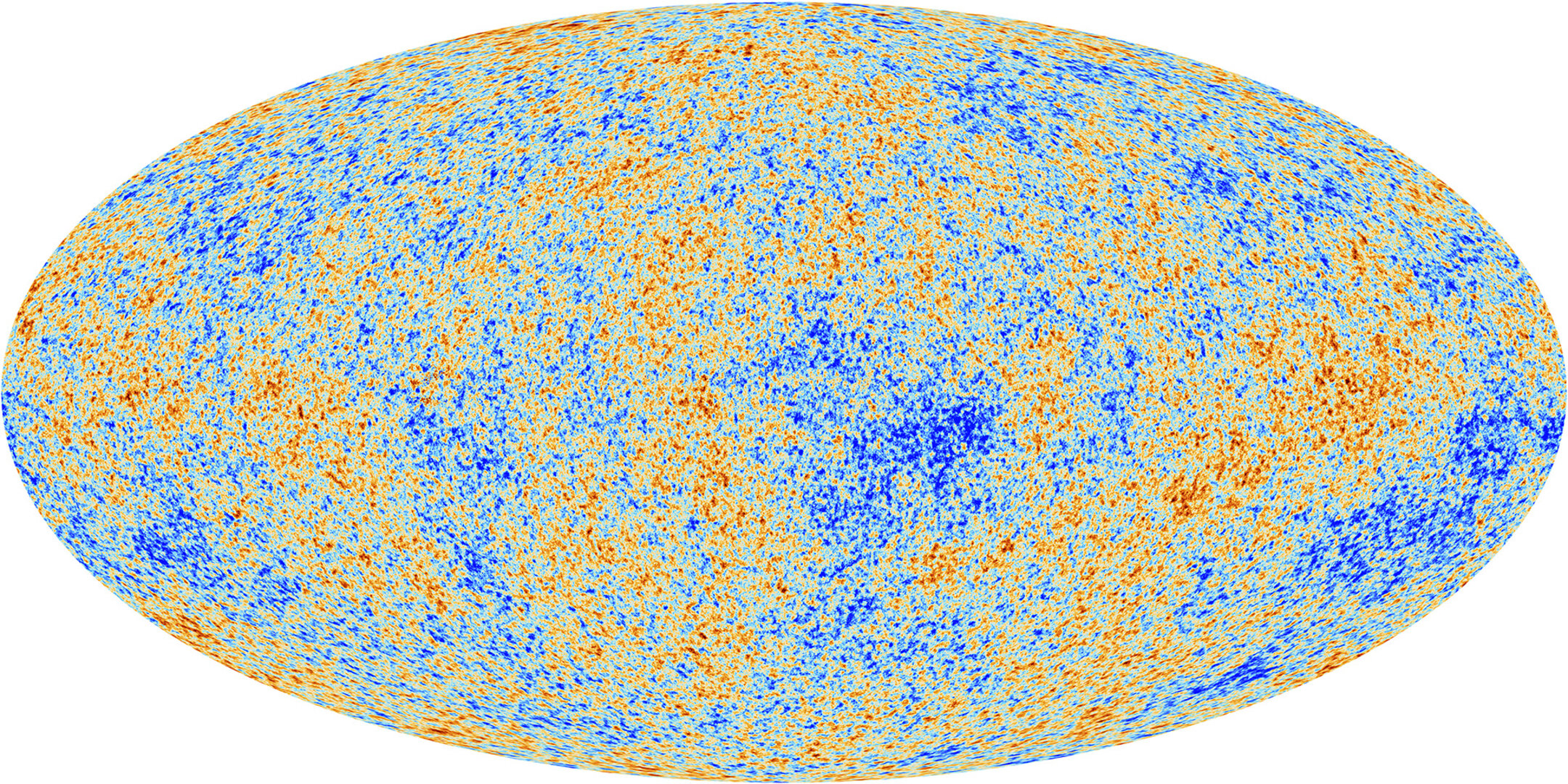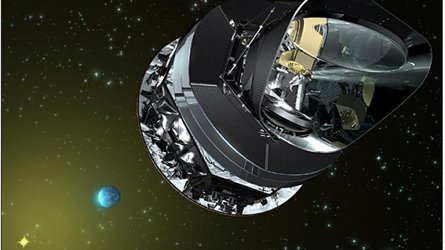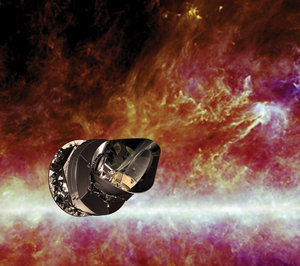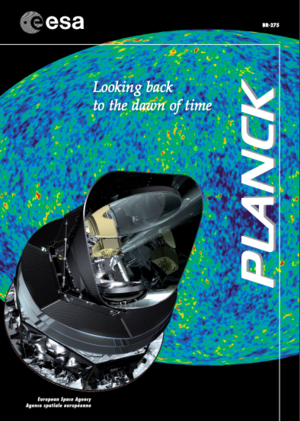ESA Planck team awarded prestigious prize
The ESA Planck team has been honoured with the 2018 Gruber Cosmology Prize for its mission mapping the cosmic microwave background – relic radiation from the Big Bang that is still observable today.
The annual prize is awarded by the Gruber Foundation, based at Yale University in the United States, and recognises “individuals whose research inspires and enables fundamental shifts in knowledge and culture”.
The team and members Nazzareno Mandolesi and Jean-Loup Puget, leaders of the low frequency and high frequency instrument consortia, respectively, join a prestigious list of winners covering some of the most exciting developments in cosmology since the turn of the 21st century.
The mission provided the most detailed map ever created of the cosmic microwave background, enabling scientists to study the Universe’s 13.8 billion year history in greater detail than ever before. These observations helped to further explore some of the theories investigated by fellow prizewinners, including the ‘inflationary’ expansion that took place in the first moments of the Universe.
“We are very excited and proud about the award of this distinguished prize,” said ESA Director of Science, Günther Hasinger.
“The ESA Planck mission has made truly fundamental contributions to our understanding of modern cosmology. It is my great pleasure to congratulate and thank the many hundreds of scientists and engineers, who have made this excellent success possible,” he added.
“My late husband, Peter Gruber, and I established an international prize programme in 2000 to honour and encourage outstanding individuals in the sciences and human rights,” said Patricia Gruber, co-founder of the Gruber Foundation. “My husband would likely have been as delighted as I am today to see the continuing vitality of the sciences in the 2018 Gruber Prize recipients.”
The foundation also gives awards in genetics and neuroscience; each prize consists of a gold medal and US $500 000 (approximately €421 500).
It is the second major prize for the Planck team this year, as they were also honoured by the Royal Astronomical Society in January.
Notes to editors
Read the Gruber Foundation press release here.
More about Planck
Launched in 2009, Planck was designed to map the sky in nine frequencies using two state-of-the-art instruments: the Low Frequency Instrument (LFI), which includes three frequency bands in the range 30-70 GHz, and the High Frequency Instrument (HFI), which includes six frequency bands in the range 100-857 GHz. Seven of Planck's nine frequency channels were equipped with polarisation-sensitive detectors. HFI completed its survey in January 2012, while LFI continued to make science observations until October 2013.
The Planck Scientific Collaboration consists of all the scientists who contributed to the development of the mission, and participate in the scientific exploitation of the data during the proprietary period.
These scientists are members of one or more of four consortia: the LFI Consortium, the HFI Consortium, the DK-Planck Consortium, and ESA's Planck Science Office. The two European-led Planck Data Processing Centres are located in Paris, France and Trieste, Italy.
The LFI consortium is led by N. Mandolesi, Università degli Studi di Ferrara, Italy (deputy PI: M. Bersanelli, Università degli Studi di Milano, Italy), and was responsible for the development and operation of LFI. The HFI consortium is led by J.L. Puget, Institut d'Astrophysique Spatiale in Orsay (CNRS/Université Paris-Sud), France (deputy PI: F. Bouchet, Institut d'Astrophysique de Paris (CNRS/UPMC), France), and was responsible for the development and operation of HFI.








